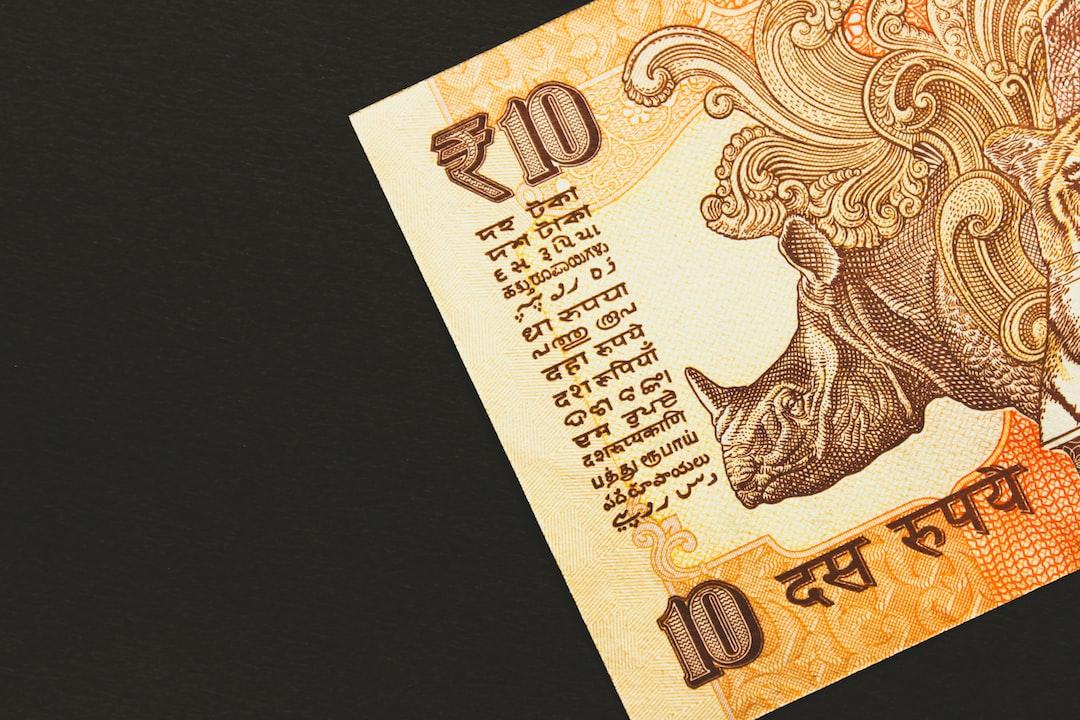Bitcoin is Not “Digital Gold”
Equating Bitcoin with gold undermines a monetary innovation that fundamentally disrupts the traditional financial system. This article is sourced from Isaiah Austin’s writing for Bitcoin Magazine and compiled, translated, and authored by Yuliya of PANews.
(Background summary: The U.S. April CPI hits a four-year low, increasing the likelihood of Fed rate cuts, Bitcoin approaches $105,000, and U.S. stocks rise.)
(Context: Donald Trump Jr. confirms holding a substantial amount of Bitcoin: “My father also holds a lot, believing BTC to be digital gold.”)
Labeling Bitcoin as “digital gold” reflects a misunderstanding of this revolutionary form of currency. This description reduces Bitcoin to an asset merely with a store of value function, obscuring its deeper technical advantages and financial potential. Analogies are a common way for humans to understand new concepts, and in the face of the unprecedented idea of Bitcoin, people naturally tend to seek a reference model. Before the general public deeply understands Bitcoin’s underlying mechanisms, “digital gold” is undoubtedly an intuitive and easily accepted analogy. Bitcoin’s scarcity, global usability, and store of value function make its designation as “digital gold” seem reasonable.
This narrative has propelled adoption at institutional and sovereign levels and was even included in the first paragraph of President Trump’s executive order regarding the establishment of a strategic Bitcoin reserve: “Due to its scarcity and security, Bitcoin is often referred to as ‘digital gold.'”
This is an undeniable achievement. However, if Bitcoin is to realize its true potential, this narrative must be updated.
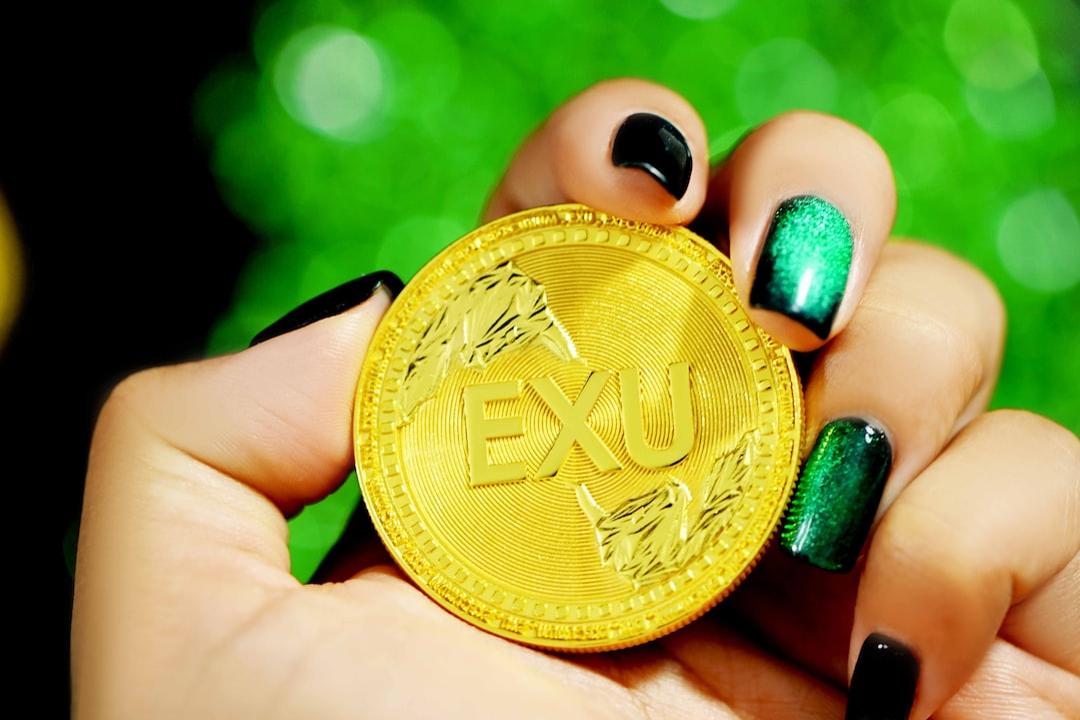
Bitcoin is Not “Digital Gold”
Equating it with gold diminishes a monetary innovation that fundamentally disrupts the traditional financial system. Bitcoin’s fundamental attributes render characteristics that gold prides itself on obsolete, while it is faster, more secure, and more decentralized than fiat currency.
Scarcity and Limitation
The key to gold’s long-standing status as a store of value lies in its scarcity. Over the past century, gold’s annual production has increased by only about 1% to 2%. The difficulty of exploration, along with high labor, equipment, and environmental costs, makes large-scale production economically unviable. This naturally occurring supply constraint has granted gold its monetary status since 3000 B.C. In ancient Rome, the price of a high-end toga was comparable to the amount of gold needed for a tailored suit today, demonstrating its stable value.
However, in the era of Bitcoin, using an asset with supply fluctuations as a measure of value seems outdated. Bitcoin is not scarce; it is “limited.” Its total supply is permanently capped at 21 million coins, and it will not increase due to technological breakthroughs or cosmic mining.
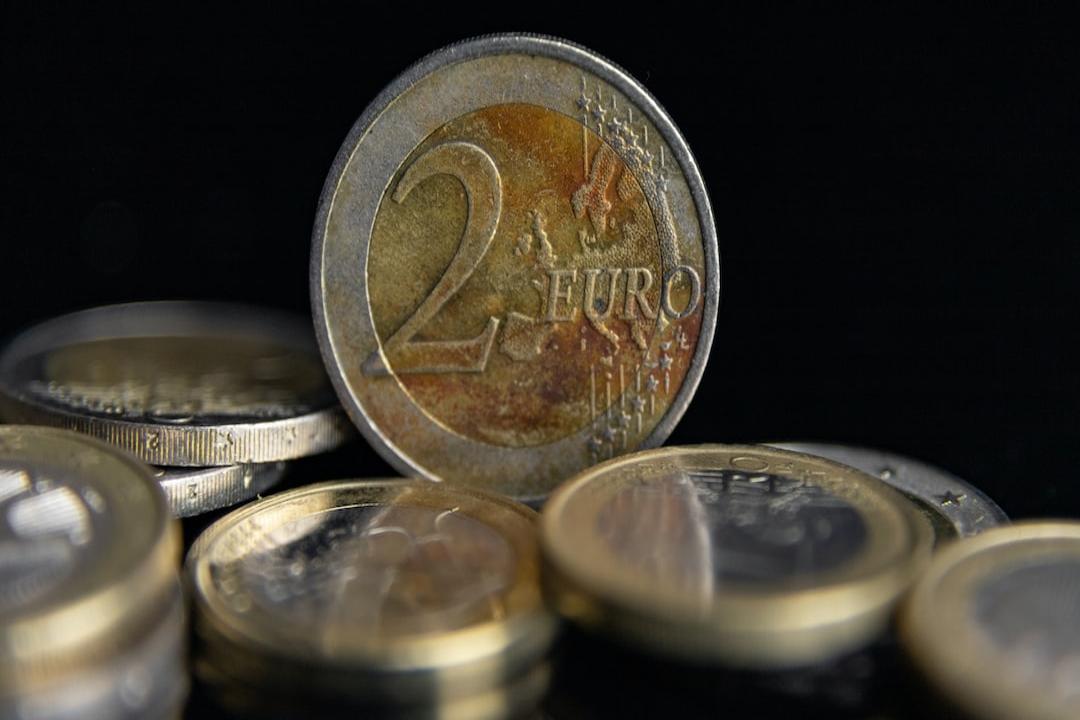
Through mathematical and technological means, humanity has for the first time possessed a tradable currency with a fixed total supply, a significance that far exceeds what “digital gold” can encompass.
Divisibility
While gold can be cut, it is hard to claim that it is “highly divisible.” Only under conditions equipped with saws, lasers, and precise scales does it barely possess this characteristic. Therefore, gold is suitable for large transactions but difficult to use for everyday payments. At current market prices, 1 gram of gold is worth about $108. If one were to pay for a sandwich with gold, they would need to scrape off a corner, which is clearly impractical in reality.
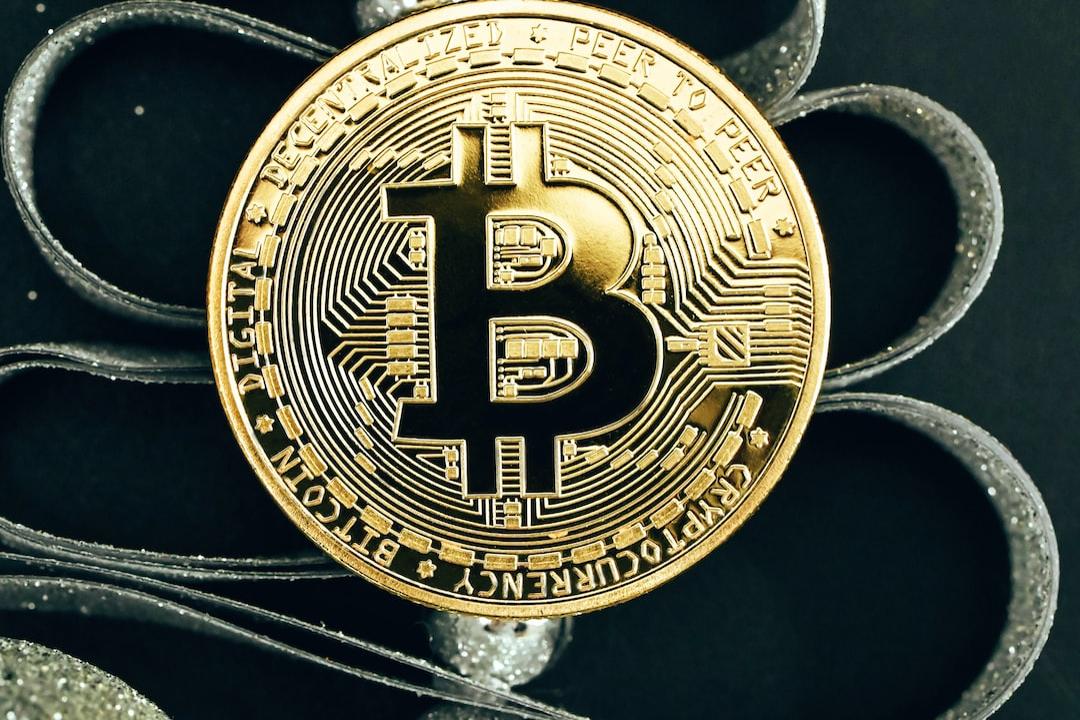
Historically, humans have issued coins with a defined metal content to mitigate this issue. However, this opened the door to currency devaluation. For example, the stater coins minted in Lydia (modern-day Turkey) around 600 B.C. were initially made from electrum (a gold-silver alloy), with a gold content of about 55%. After being conquered by the Persian Empire in 546 B.C., coins were gradually adulterated with base metals like copper to reduce gold content. This practice led to a decline in the actual value of the coins, and by the end of the 5th century B.C., their gold content had dropped to only 30%-40%.
The inability of gold as an asset to achieve divisibility has historically prevented its long-term effective use. For small transactions, citizens typically exchanged gold with the government for coins at a 1:1 ratio, a mechanism often diluted in value due to elite control over power, leading to a collapse of social trust.
No gold-based monetary system in history has ultimately avoided devaluation. The actual demand for microtransactions has forced the public to rely on state-issued paper notes and small denominations, thereby losing control over their wealth.

Bitcoin has achieved a fundamental breakthrough in this issue. Its smallest unit, “satoshi,” is equal to one hundred millionth of a Bitcoin. Currently, 1 satoshi is worth about $0.001, and its divisibility has surpassed that of the U.S. dollar. Bitcoin transactions require no institutional or governmental intermediaries; users can always transact directly using the smallest pricing unit, making it a truly intermediary-free currency system.
Thus, comparing gold and Bitcoin in terms of divisibility and pricing units has almost become a joke.
Auditability
The last formal audit of U.S. government gold reserves was in 1974. At that time, President Ford permitted reporters to enter Fort Knox in Kentucky to inspect the vault, and no anomalies were discovered. But that was half a century ago. To this day, speculation about whether the gold in Fort Knox remains intact persists. Recently, there were even rumors that Elon Musk would livestream the audit process, but this “upcoming” audit quickly fizzled out.
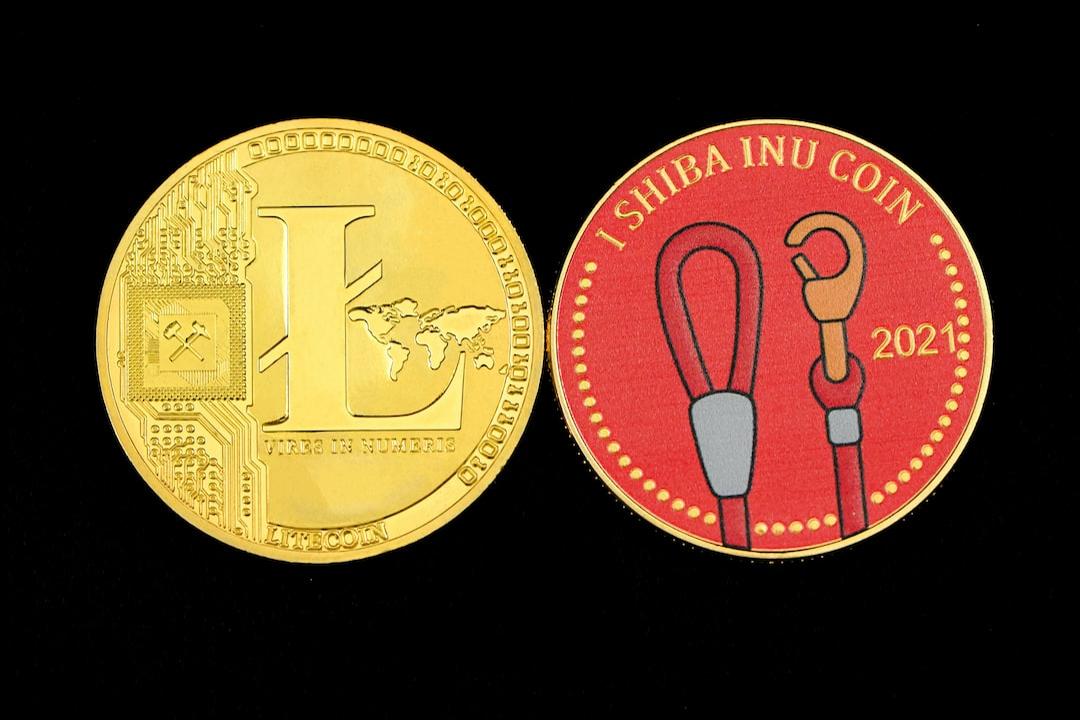
In contrast to the rare and infrequent manual audits of gold, Bitcoin’s verification is automated. Through a proof-of-work mechanism, a new block is added every 10 minutes, with the system automatically verifying transaction legality, total supply, and consensus rules.
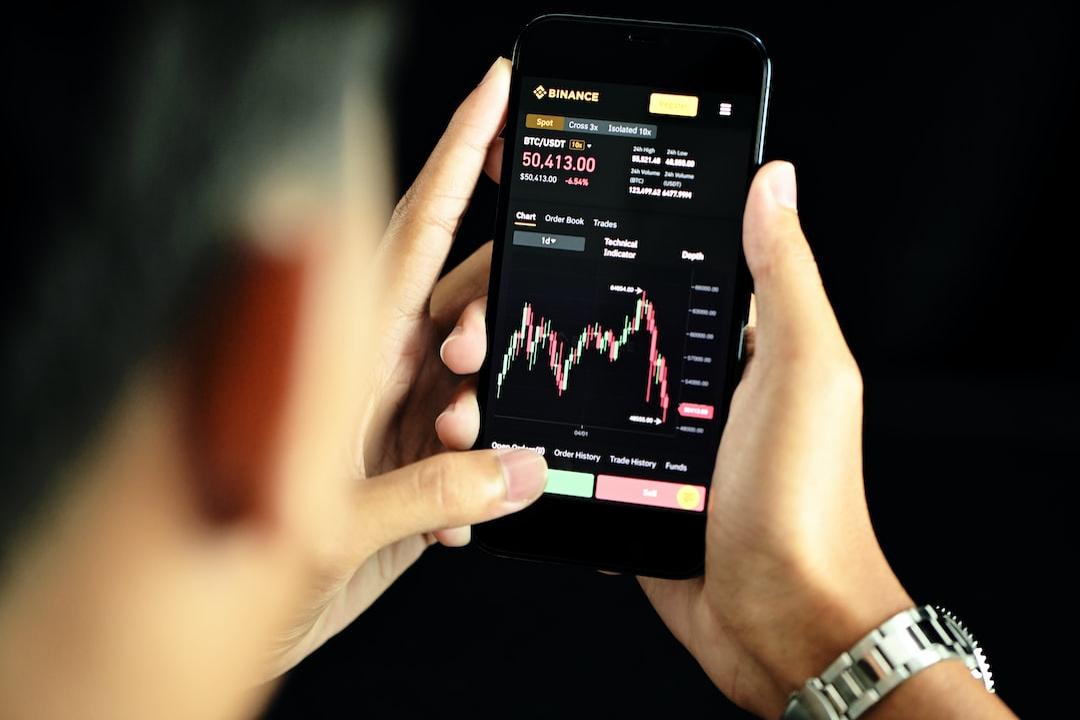
Compared to traditional audits that rely on third-party trust mechanisms, Bitcoin achieves on-chain verification that requires no trust and is fully transparent. Anyone can independently verify blockchain data in real time, adhering to the principle of “don’t trust, verify,” which has become Bitcoin’s consensus principle.
Portability
The portability of Bitcoin goes without saying. Gold is bulky and heavy, requiring specialized ships or planes for cross-border transportation. Bitcoin, stored in a wallet, has a “weight” of zero regardless of the amount. However, Bitcoin’s true advantage is not merely its lightness but its lack of need for physical “movement.” In reality, receiving a payment in gold entails bearing transportation costs and trust risks with intermediaries. In cross-border transactions, involved third parties include transaction facilitators, export logistics teams, transport personnel, recipients, and custodians; each link is part of a chain of trust.
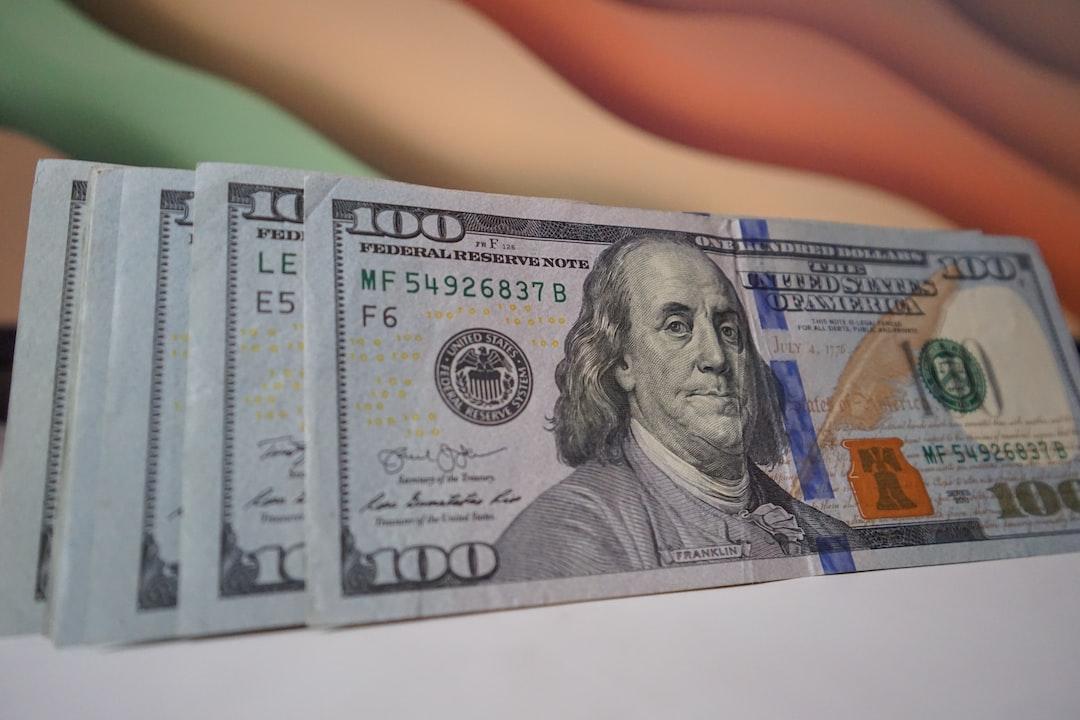
Bitcoin, on the other hand, requires no intermediaries. Users can complete cross-border payments directly through the blockchain, with the entire transaction being publicly verifiable and devoid of fraud risks. This represents humanity’s first genuine possession of “electronic cash.” Conor Mulcahy of Bitcoin Magazine once pointed out: “Electronic cash is a type of currency that exists solely in digital form for peer-to-peer transactions. Unlike electronic money that relies on banks and payment processors, electronic cash mimics the anonymity and direct exchange characteristics of physical cash.”
Before the advent of Bitcoin, peer-to-peer non-face-to-face transactions remained a theoretical assumption. Critics who believed that “if it cannot be seen or touched, it is not real” will gradually be phased out in this accelerating digital age.
Not All Bitcoin “Adoption” is Worth Celebrating
If the goal is simply to drive up Bitcoin prices, then the “digital gold” narrative is indeed effective; governments, institutions, and individuals will continue to enter the market, with prices continually climbing. However, if Bitcoin is viewed as a technological revolution that alters the order of freedom, its propagation must be rethought. To establish Bitcoin at the core of the global financial freedom system, education must be provided to those who have yet to encounter Bitcoin, conveying its uniqueness rather than relying on simplified metaphors.
Bitcoin deserves to be recognized as a completely new form of currency, not a digital substitute for gold.


